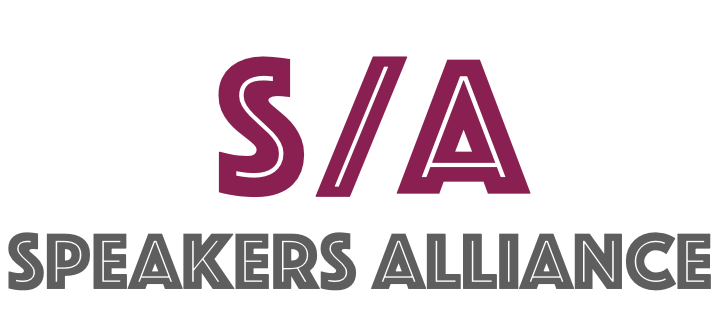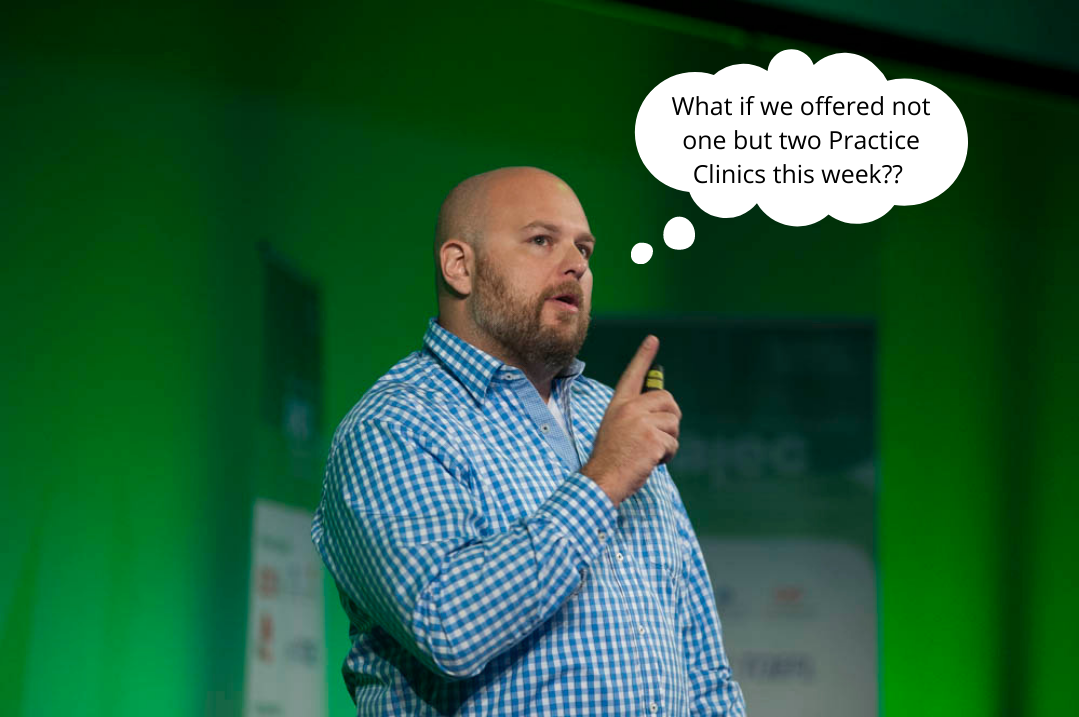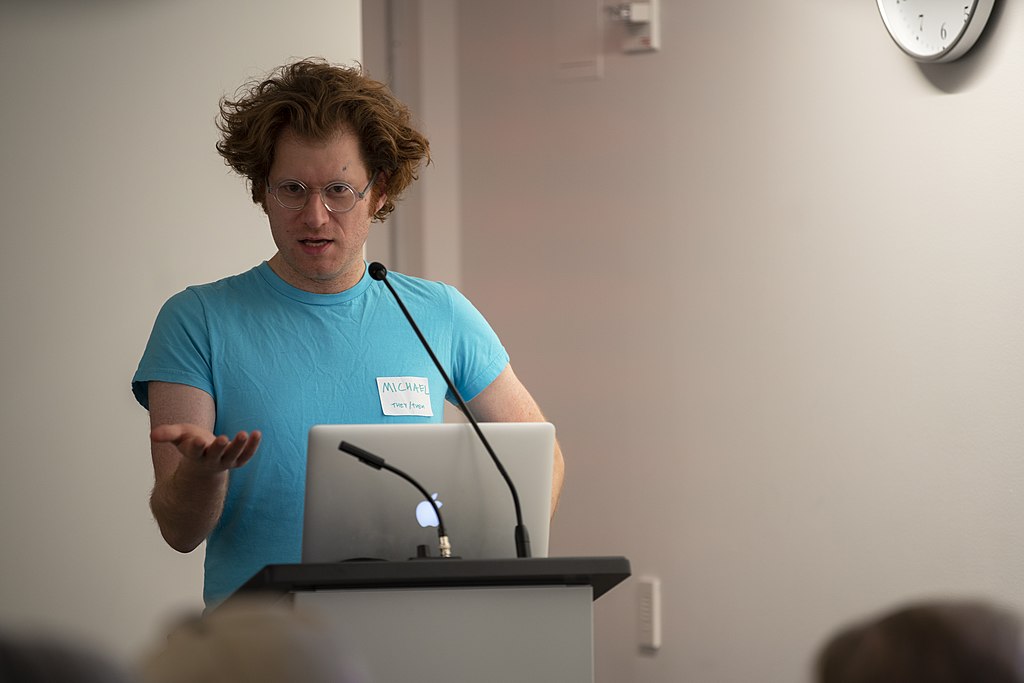Many people believe that a fear of public speaking can be overcome with an effort to “increase confidence.” That is, if you just felt more confident about yourself, public speaking would come more easily or naturally to you.
This is incorrect. An increase in confidence does not make you a better public speaker. It may make it easier for you to get up on stage in the first place, but there is little causation between the two.
This is because of a fundamental error in thinking about public speaking: we treat it like a sport. Many trace this to a diving board analogy: if you don’t climb that ladder in the first place, you have no chance of being able to dive off the board.
But I think the better way of thinking about it is as an art form – like singing, painting or playing an instrument. Sure, there are sports-related similarities there too (practice, practice, practice) and a 10,000 hour rule to consider, but the difference between a sport and an art is stark.
Most art practice happens in a safe space. Often, this is just you, or you and an instructor, or you and other artists. Unlike a sport, with its constant public trials and frequent team-based sprints, an artist generally gets to decide when they are ready to face the crowd – when they are good enough to be heard/seen/felt publicly.
In sport (and I have personal experience here), you are often first exposed to something in a group setting, where you’re cajoled, ridiculed and laughed at unless you climb that board. Yes, you’re up on the board, but unless you generally enjoy what you’re doing, you’re highly unlikely to get good at it.
So this is why I cringe everytime I see people try to push themselves onto a more public stage than they are ready for as speakers, pitchers or meeting leaders with some unfounded – and counterproductive – belief that exposure therapy is somehow the right cure here. It may be for some, but definitely not for all.
This “dive head first” approach leads people to make several mistakes that ultimately frustrate their ability to thrive as professional communicators. Here are a few of my least favorite examples:
Relying on Gimmicks
All gimmicks are bad in public speaking, unless they are categorically your own and part of your brand. Trying to be funny to deflect attention from your mediocre content and delivery doesn’t work. Using video clips may help give you a minute or two of breathing room, but audiences remember it if you rely too much on the video. Even fancy slides, graphics and animations only work briefly – a lesson most executives need to learn. In some cases these elements can be good, but no matter how fancy your visuals are, if your spoken presentation doesn’t kill, slides, jokes, etc, won’t help you.
Just Do It
You may be able to persuade, guilt, cajole or even bribe your way onto a stage to give a presentation, and many speaking coaches will advise you to do this as much and as often as you can. But whether you’re trying to establish yourself as an investable startup CEO, a leader of tomorrow or a thoughtful exponent of misunderstood truths, the more often you screw up as a speaker in front of influencers, the fewer opportunities you will receive. This will only make you less likely to want to do more speaking, and others less likely to “book” you to do it. It’s essential to nail your pacing for when you finally step out on the stage – and in the meantime you need professional help in a lower-stakes environment.
Being Overly Rehearsed
Many speakers believe that the greatest risk they have is they’ll forget their “lines”, and they believe that overcoming this will enable them to succeed in communications. But the biggest risk you have as a speaker is that the audience won’t pay attention to you sufficiently to understand what you have to say. And if your speech is overly rehearsed, and preoccupied with slavishly following every word you write down, you are likely to seem inauthentic. You become a monotonal, droning teacher – like the one from Peanuts – much faster than you realize. The crucial thing is to convey fewer ideas, better. That usually means less focus on memorizing specific words, and more attention on how to structure and communicate your ideas in a compelling way. The A-Ha! Method for memorization is designed to solve this problem while maintaining authenticity.
Imagining People Naked, etc.
The intent of this kind of gimmick is clear – change the narrative for potential embarrassment and lower the “temperature” of the challenge. However, the audience isn’t naked, and you really should spend the time prior to your talk getting in the zone. Once your talk has started, you shouldn’t be thinking about anything other than your talk itself. Adding cognitive load during these phases is precisely the wrong thing to do, and I advise working to calm/silence those extraneous thoughts. Some concepts from mindfulness and CBT (Cognitive Behavioral Therapy) find their way into my coaching/training work, and the idea is to reframe the problem without adding distraction.
There are, of course, many other gimmicks speakers use to try and master their craft. Some may work for you, and others not. But if you’re hoping to improve your professional communication skills, you need to follow an approach (method) that looks holistically at all the moving parts. Mastery of your material, voice and tone are crucial, and comprehensive techniques like the A-Ha! Method can help you improve your communications across the board by building substantive – not gimmicky – confidence.
Great artists generally develop their own, highly-personalized approaches to creation – but the best always begin by learning a craft from an expert and using a system to approach their subjects. The same is true of professional public speaking, and while your best slide decks may never hang on the wall of the Louvre, Youtube is forever.




